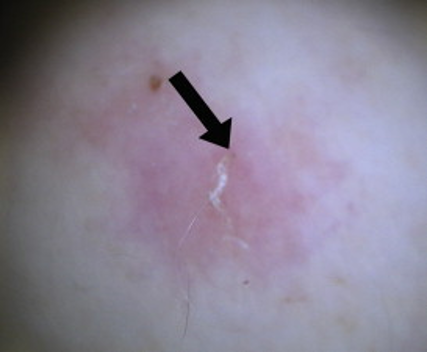Prurito genitales y perianal
Iatrogenic ACD in the Perianal and Genital Area
BACKGROUND
Allergic contact dermatitis (ACD) from topical medication often occurs in occluded areas, for example, with wound treatment, but also in certain body locations, such as the anogenital area.
OBJECTIVES
To investigate the demographics and specific lesion location of patients with ACD from topical drugs applied onto the (peri)anal/genital area, and to identify the respective causal topical pharmaceutical products and ingredients involved.
METHODS
From January 2000 to December 10, 2018, 532 patients were tested with the baseline series, sometimes with additional series, and the topical medication used along with the ingredients. The relevant data were extracted from our electronic databases developed in-house.
RESULTS
Forty-four patients (9%) out of 473 patients suffering from lesions in the (peri)anal/genital area had positive patch test results to topical drug preparations and/or their ingredients, sometimes in association with cosmetics for intimate hygiene. The most frequent sensitizing active principles were local anaesthetics and corticosteroids, while wool alcohols and to a minor extent benzoic acid were the most frequent culprits among the vehicle components and preservative agents, respectively.
CONCLUSIONS
The local conditions (eg, occlusion, sweating, moist) in the anogenital area may favour skin sensitization to topical medication used to treat various skin diseases.











Moisture, occlusion, friction, oh my!! Is anyone brave enough to meet and tackle the mighty anogenital dermatosis? Well, don't be a coward. Just heed the helpful advice of these authors who identified the most prevalent causative ingredients and products in Belgian patients with allergic contact dermatitis of the vulva, penis, scrotum, anus, and perianal areas.
Not surprisingly, patients with dermatitis in this region will do anything to alleviate their symptoms. They not only apply prescribed medications such as topical steroids, but they often utilize a multitude of over-the-counter preparations such as topical anesthetics and personal care wipes. That being said, the results of this study are not surprising. Of the 9% of patients with anogenital dermatoses and positive patch tests, the most common relevant allergens were local anesthetics, corticosteroids (often combined with antifungals or antimicrobials), the vehicle component wood alcohol, and the preservative benzoic acid.
As dermatologists, we are constantly on the lookout for over-the-counter products with fragrances and certain preservatives as causes of allergic contact dermatitis; however, because sensitization is more frequent in occluded and permeable anogenital skin, it is equally important to consider prescribed medications such as topical steroids. This study reminds us to keep iatrogenic causes of allergic contact dermatitis in mind for patients who don't respond as expected to appropriate treatment regimens.